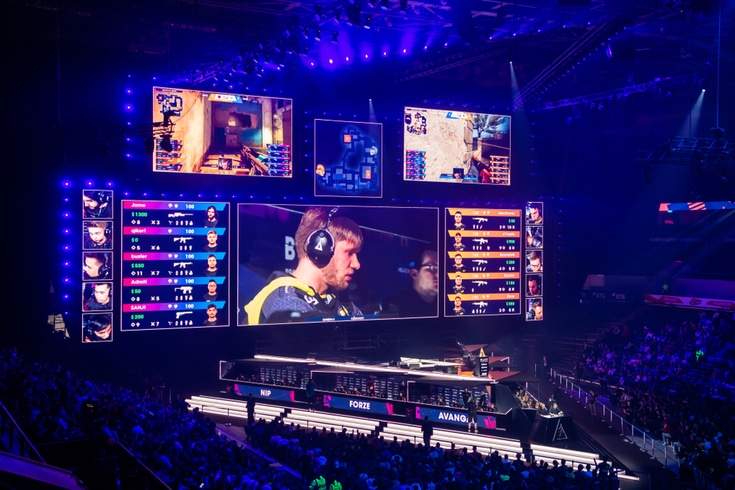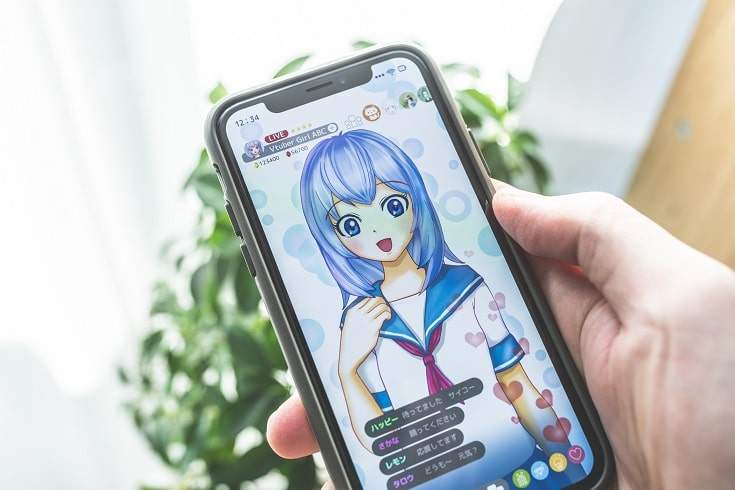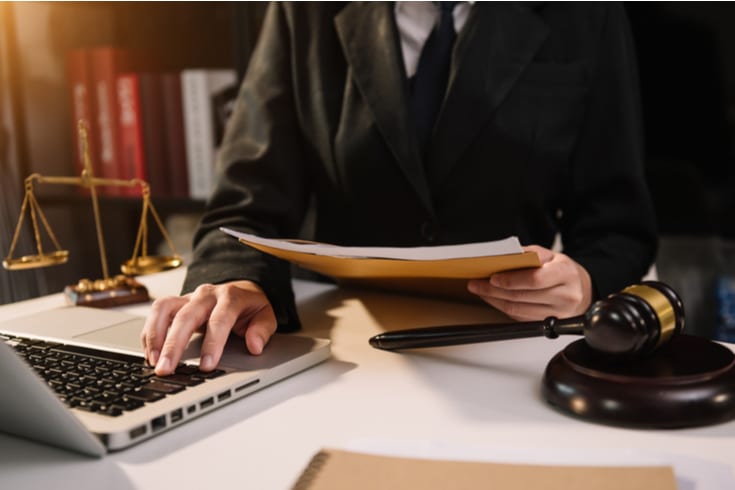Is the 'ââ Theory' in YouTube Videos Legal? Legal Risks of Imitating TV Programs
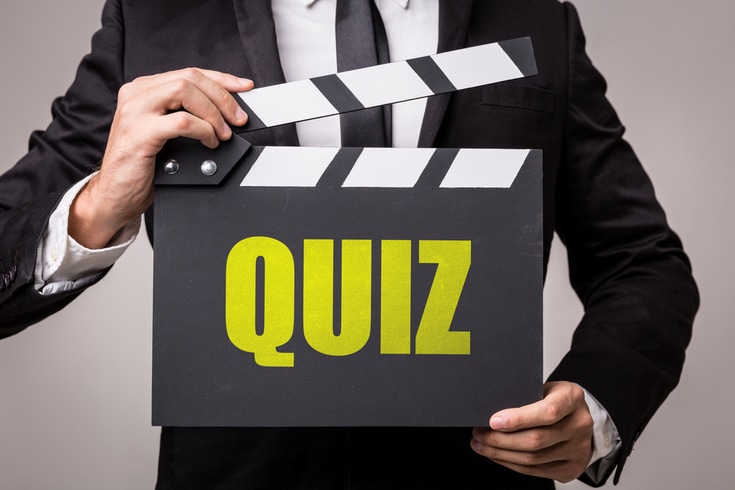
Every day, a wide variety of videos are posted on YouTube, some of which imitate the concepts of television programs.
These range from parodies to works that directly copy the original concept. However, the legal risks of posting such imitative works are surprisingly unknown.
For example, the variety show “Wednesday’s Downtown,” which has been broadcast on the TBS network since 2014, features a main segment where presenters test out theories. A large number of videos that seem to be based on this segment have been posted on YouTube.
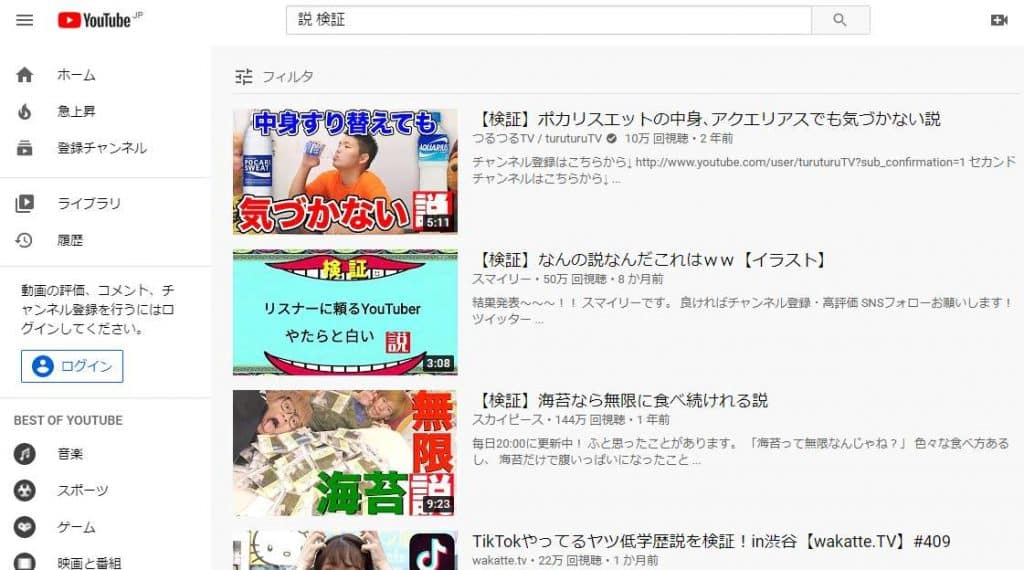
In this article, we will explain the legal risks and acceptable range of imitating television concepts on YouTube.
Copyright Issues
If you copy a program broadcasted on television and post it on YouTube, it is easy to imagine that this would first and foremost constitute a copyright infringement. But what happens if you only imitate the program’s concept?
What is Copyright?
Copyright is a right that legally protects works of art.
Works of art are defined as follows:
“Creative expressions of thoughts or feelings that belong to the fields of literature, academia, art, or music.”
Japanese Copyright Law Article 2, Paragraph 1, Item 1
In simple terms, it refers to things that you have creatively expressed as a work of art based on your own thoughts and feelings, and that belong to fields such as literature.
The Dichotomy of Idea and Expression
When we engage in expressive activities, there is usually a process where we think in our heads (idea) and then express it.
In order to be considered a “work of art”, it must be “creatively expressed”, so it does not qualify as a work of art at the stage where it is being thought of in the head, in other words, at the idea stage.
This way of distinguishing between ideas and expressions is called the dichotomy of idea and expression.
There are also precedents related to the dichotomy of idea and expression as follows:
“What the Copyright Law protects as a work of art is a creative form of expression that concretely expresses thoughts and feelings externally through words, personalitys, sounds, colors, etc., and the content of the expression, i.e., the thoughts and feelings of ideas and theories, etc., even if they have originality and novelty, are not considered to be so-called works of art, and are not subject to the protection of the author’s moral rights and property rights stipulated in the Copyright Law (principle of freedom of ideas).”
LED Paper Case
“The copyright holder of a work on mathematics should not be able to receive protection under the Copyright Law for the process of elucidating the proposition presented therein and the equations used to explain it. (…) Such a process of elucidation is considered to be the idea of the work itself, and even if the form of expression of the process of elucidation is recognized as creative, the process of elucidation itself is not considered to be a work under the Copyright Law, apart from asserting rights under the Copyright Law.”
Mathematical Paper Nogawa Group Case
Regarding the Imitation of TV Program Concepts
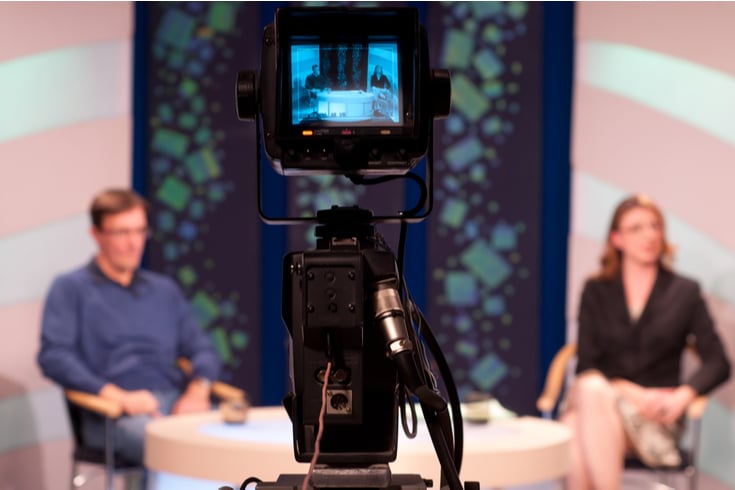
When it comes to imitating TV program concepts, it is generally considered that using the concept within the scope of an abstract idea does not infringe on copyright.
For example, even if you create and publish a video that imitates the concept of a TV program at the idea level, like “YouTuber Ranking Check!”, it is generally considered that this does not constitute a copyright infringement in principle.
What needs to be careful is that if you imitate the progress exactly as it is, there is a high possibility of infringing rights.
In the case of TV program concepts, it is possible that mascot personalitys may appear, but personalitys are considered works of art, so if they appear, it will infringe on copyright.
It is necessary to clearly distinguish between ideas and expressions, and to be careful to keep the imitation at the idea stage.
Trademark Rights Issues
It is necessary to pay attention to trademark rights as well.
What are Trademark Rights?
Trademark rights are the rights that protect the exclusive use of trademarks related to goods and services.
Unlike copyright, it is not a right that arises if legal requirements are met. Instead, it is a right granted by going through the prescribed procedures such as filing a registration application with the Japanese Patent Office, undergoing examination, and paying registration fees.
The trademark right holder has the exclusive right to use the registered trademark for the designated goods or designated services.
Japanese Trademark Law Article 25
Furthermore, you can exclude others from using the registered trademark within a similar range.
In the case where a trademark right holder or an exclusive use right holder claims compensation for the damage suffered by the infringement of his/her trademark right or exclusive use right due to the intentional or negligent act of another person, the total amount of the amounts listed in the following items can be considered as the amount of damage suffered by the trademark right holder or the exclusive use right holder when the person has transferred the goods that constitute the act of infringement.
Japanese Trademark Law Article 37
Regarding Imitation of TV Programs
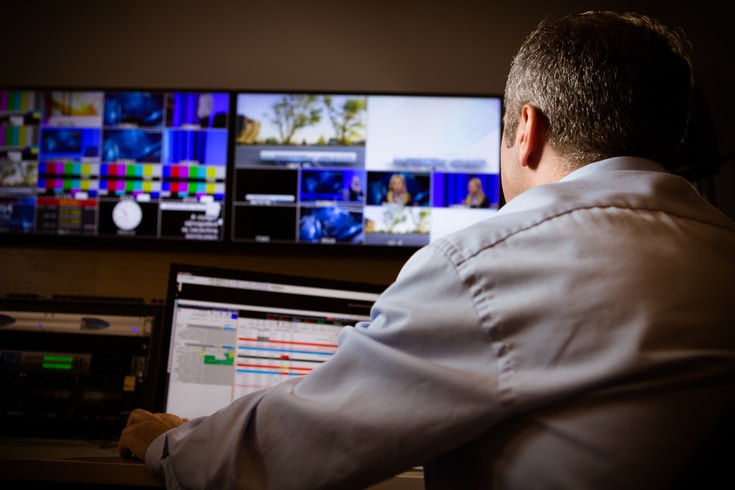
Trademark Classification
There is something called trademark classification in trademark rights. It refers to the field that the trademark covers. There are a total of 45 types, including both goods and services.
In the case of imitation works of TV program plans, there is a high possibility that the relationship with Class 41 (Education, Entertainment, Sports, Culture) will be an issue.
Whether a trademark is registered or not can be searched using the “Patent Information Platform (J-PlatPat)” of the Japanese Patent Office below.
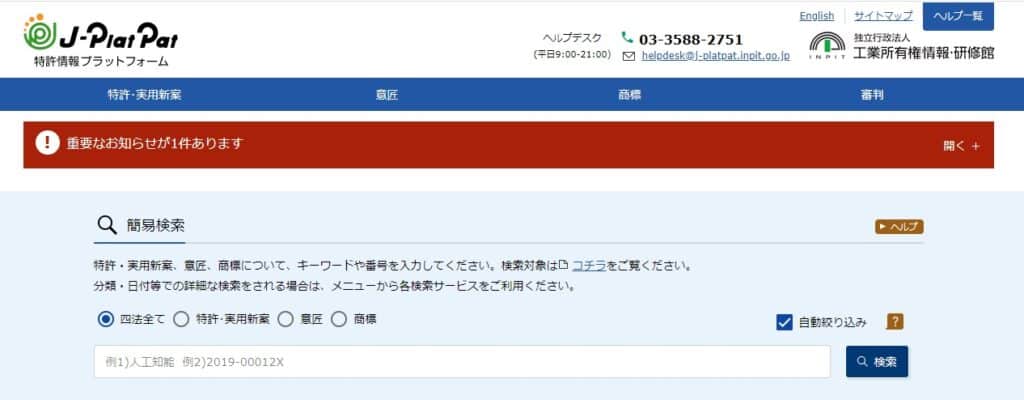
Examples of Trademark Infringement
For example, if you create a video teaching trivia using the registered trademark “Trivia no Izumi” and post it on YouTube, it is considered to be a trademark infringement.
Speaking the program name itself, such as jokingly saying “This is like a rip-off of Trivia no Izumi (laughs)” in the video as a self-deprecating joke, does not constitute trademark infringement.
Please refer to the following article for a detailed explanation.
https://monolith.law/corporate/trademark-infringement-cases-illegalityjudgment[ja]
Summary
In online media such as YouTube, posting imitation works of TV programs does not generally cause problems such as copyright infringement as long as you are only copying the idea itself. However, you need to avoid actions like completely mimicking the progression of the program or using mascot personalitys, as these could constitute copyright infringement.
Also, if you end up using trademarks, there is a possibility that it could lead to trademark infringement, so caution is necessary.
When creating such videos, specialized legal knowledge is required, so we recommend consulting with a knowledgeable law firm.
If you want to know the content of this article in video format, please watch the video on our YouTube channel.
Category: Internet


